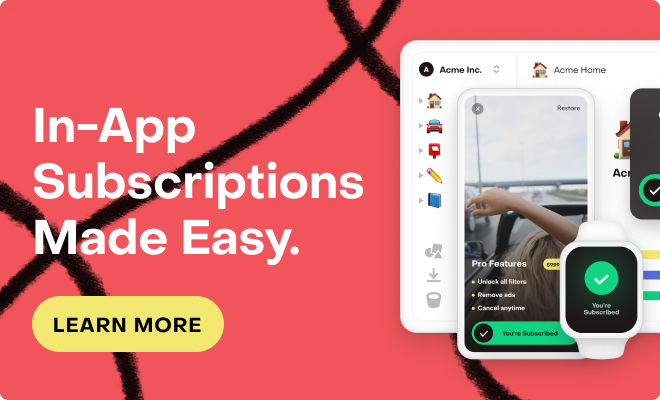One of the purchase related scenarios for my app is removing ads that are normally displayed right after the app is installed.
I was wondering what would be the best way of handling the case where:
1) the user installs the app
2) the user makes a purchase removing the ads (a non consumable)
3) the app is uninstalled
4) the user reinstalls the app on the same or a different device.
At this stage of my project I do not want to maintain a backend server or use Firebase with a login mechanism etc, and instead I would very much like to rely on the RevenueCat alone.
I have tested the scenario on Android and it appears that since it is recommended that the method that restores transactions should be triggered consciously - by tapping a button for example and not when the app is starting up, the only way I can think of to do this is to display a dialog when the app is started for the very first time and give the user opportunity to restore the purchases (if any were previously made) and once the purchase that disables displaying of the ads is found the app should disable the ads.
Now, in a scenario where the transaction details are handled by RevenueCat/Store and again with no dedicated backend maintained by me the app would connect to, is it possible to do this without displaying the initial dialog and calling the restore transactions when the user hits the button?
Thanks for your suggestions!
Chris



